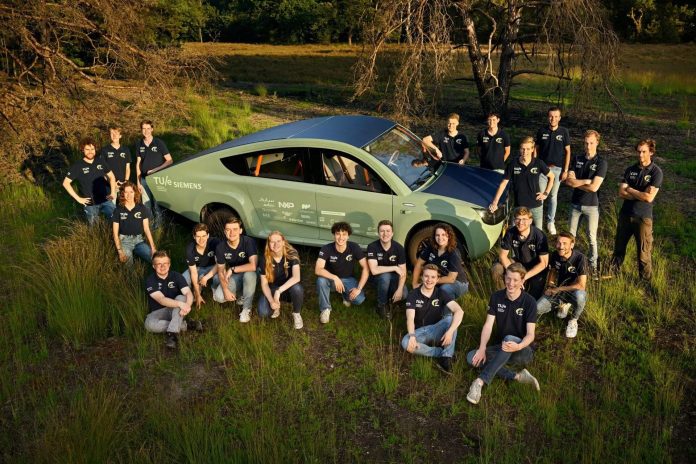Stella Terra, renowned as the first-ever solar off-road vehicle, travels a staggering 550 kilometers without the need to recharge depending on the terrain, which is beyond the initially estimated range. This pioneering development in vehicle technology exhibits an unprecedented level of efficiency in solar-powered travel.
Solar Team Eindhoven’s Venture in Off-Road Solar Travel
The student team from Eindhoven University of Technology named Solar Team Eindhoven embarked on a challenging 1,000-kilometer drive from northern Morocco to the Sahara in Stella Terra. This ground-breaking vehicle navigated a plethora of terrains, from dry riverbeds and dense forests to steep mountainous terrains and the loose sands of the desert region of Morocco.
The team manager, Wisse Bos, shared their exciting journey with Stella Terra, highlighting the unexpected efficiency of the car. “The solar car’s overall efficiency was a gray area, we couldn’t accurately predict whether the solar-powered vehicle would successfully complete the journey,” Bos said “Surprisingly, Stella Terra achieved our goal using 30% less energy than we had anticipated. This test run confirmed that the solar car is capable of entirely functioning on solar power, so no charging stations are required.”
The Design of Stella Terra
The crafting of Stella Terra revolves around being entirely independent and eco-friendly. The vehicle is equipped with solar panels mounted on the roof, which account for the car’s power. This road-legal solar car can reach a maximum speed of 145 kilometers per hour and has an impressively low weight of just 1,200 kilograms. Underneath a sunlit sky, the vehicle can trek up to 710 kilometers.
As Solar Team Eindhoven ventured to build the first solar off-road vehicle, the project presented them with a new set of challenges. Bos explained, “Achieving resilience against extreme off-roading conditions while maintaining efficiency and lightness for solar power was a complex task. We had to customize every element of Stella Terra, from the suspension system to the solar panel inverters.”
Implications for Future Transportation
Maarten Steinbuch, a professor and mobility expert at Eindhoven University of Technology, is in awe of what the team accomplished. Steinbuch anticipates that within the next five to ten years, electric cars will play an integral role in our broader energy system. He further envisions how a home battery, in combination with a solar car, could generate energy for household use. Steinbuch suggests that the team’s innovative work could bring about significant changes in future transportation.
The Future of Solar Mobility
With Stella Terra being revolutionary tech, Bos believes it’s five to ten years ahead of the current market. “We are pushing technology to its limits,” Bos says, “Through Stella Terra, we are striving to prove that sustainable innovation can lead to a better future. We want to inspire individuals and businesses to escalate the transition to renewable energy.”
About Solar Team Eindhoven
The Solar Team Eindhoven seeks to innovate and build cars that solely function on solar power. Their previous designs won the World Solar Challenge in Australia four times consecutively in the family car class. The team’s mission is to demonstrate the potential for a sustainable future in mobility and encourage people to accelerate the energy transition.
























